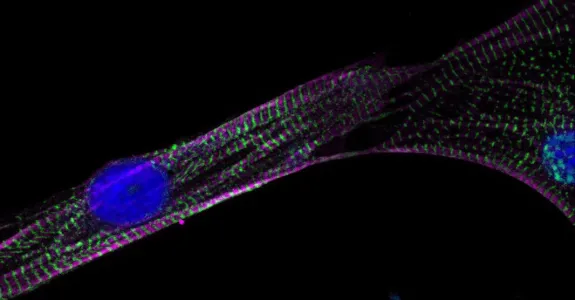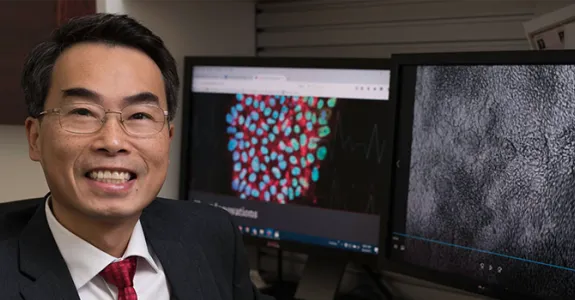iPSCs for Cardiovascular Diseases


November 27, 2024 - Stanford Medicine News Center
Stanford Bio-X faculty members Joseph Wu and Stanley Qi, with co-lead authors Drs. Chun Liu and...

March 14, 2019 - Stanford Medicine News Center
Researchers under Stanford Bio-X affiliated faculty Joseph Wu have found a way to predict who will...

August 22, 2017 - Stanford Medicine News Center
“Humanized” mice are used to study human immune responses, but they are inadequate for stem cell...